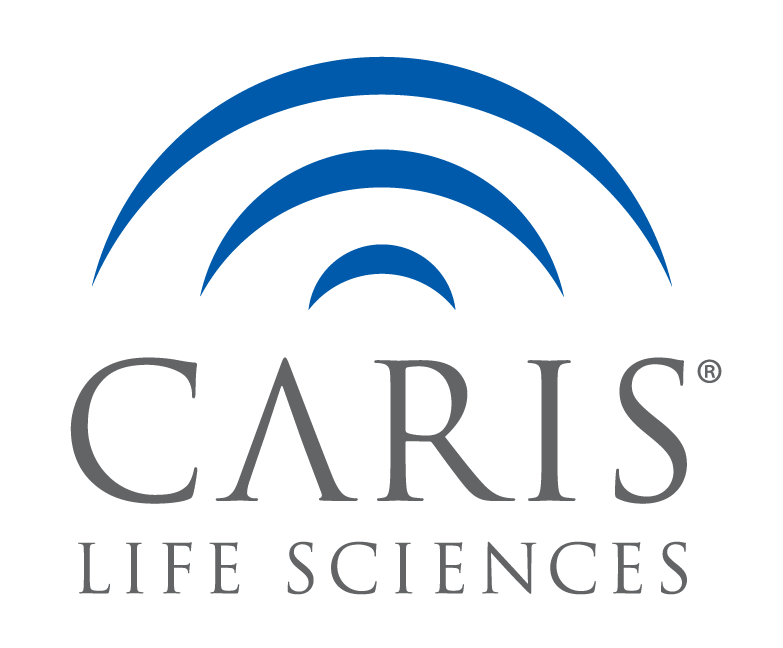Abstract
Background: Pancreatic cancer (PC) is anticipated to become the 2nd leading cause of cancer-related deaths by 2030. Pancreatic adenosquamous carcinoma (PASC) is a rare subtype of PC with histology including squamous adenomatous features (≥30% squamous histology), while pancreatic squamous cell cancer (PSCC) consists purely of squamous cells. We evaluated genomic, transcriptomic and prognostic differences between PASC, PSCC and pancreatic ductal adenocarcinoma (PDAC). Methods: 8951 PC tumors (83 PASC, 22 PSCC & 8846 PDAC) tested at Caris Life Sciences with WTS (Illumina, Novaseq) and NextGen DNA sequencing (NextSeq, 592 genes and NovaSeq, WES) and IHC were analyzed. Immune cell fraction was calculated by QuantiSeq. Overall survival (OS) analysis (time of tissue collection to last contact) was obtained from insurance claims and calculated with KM method. Statistical significance was determined using Chi-square/Fisher-Exact and adjusted for multiple comparisons (q<0.05). Results: No age or sex differences were seen between PDAC (median 68yo) and PASC (median 68.5yo), however PSCC was more prevalent in younger pts (median 62.5yo, q<0.05). Mutation rates of CDKN1B (3% vs 0.2%), SF3B1 (8 vs 2%), PTEN (5 vs 0.8%), BCL9 (4 vs 0.4%), AXIN1 (4 vs 0.2%) and CASP8 (3 vs 0.2%) and amplifications of AKT2 (5 vs 2%), ZNF384 (1 VS 0.1%), HMGA2 (7 vs 0.7%) and ROS1 fusions (1 vs 0.04%) all trended higher in PASC than PDAC (p<0.05). Several YAP signaling and squamous differentiation genes were significantly differentially expressed among histologies (table). PD-L1 IHC was higher in PASC vs PDAC (37 vs 14%, q<0.05); with a trend towards higher MSI-H (6 vs 1%) & TMB-H (6 vs 2%) in PASC vs PDAC (p<0.05). Higher infiltration of CD4+ T cells into the TME was seen in PASC vs PDAC (non-zero %, 73% vs 23%, q<0.05). Several immune genes (CD274, IDO1, LAG3, & CTLA4) had higher expression in PASC vs PDAC (fold change 1.3-3.1, q<0.05). The MAP kinase pathway activation score (MPAS) was lower in PASC vs PDAC (median score -0.48 vs 0.25), while the IFN gamma signature was higher in PASC vs PDAC (median -0.24 vs -0.33) [both q<0.05]. There was increased OS for PASC compared to PSCC (12.6 vs 4.7 mo, HR=0.43, CI=0.25-0.75, p=0.002); no significant difference in OS was observed between PASC and PDAC. Conclusions: This is the largest molecular profiling analysis of PASC, which is characterized by unique genomic alterations, and is associated with higher PD-L1 expression, immune related gene expression, CD4+ T cell infiltration and IFN gamma signature, and lower MAPK activation. PASC is associated with better OS compared to PSCC. These findings may provide subtype-specific therapeutic opportunities for PASC and PSCC pts.

